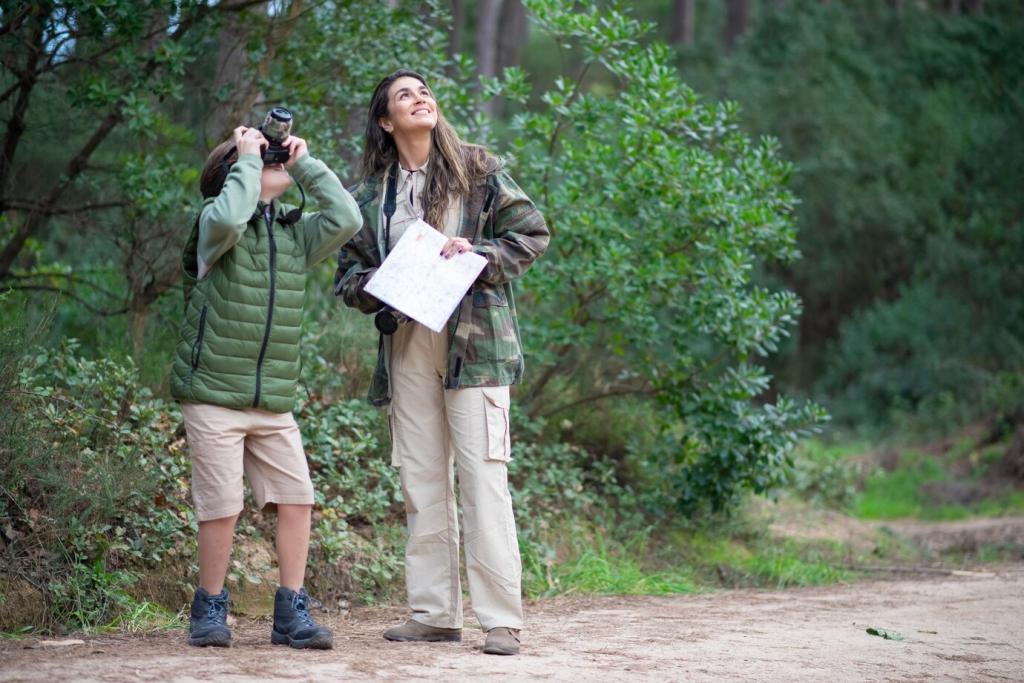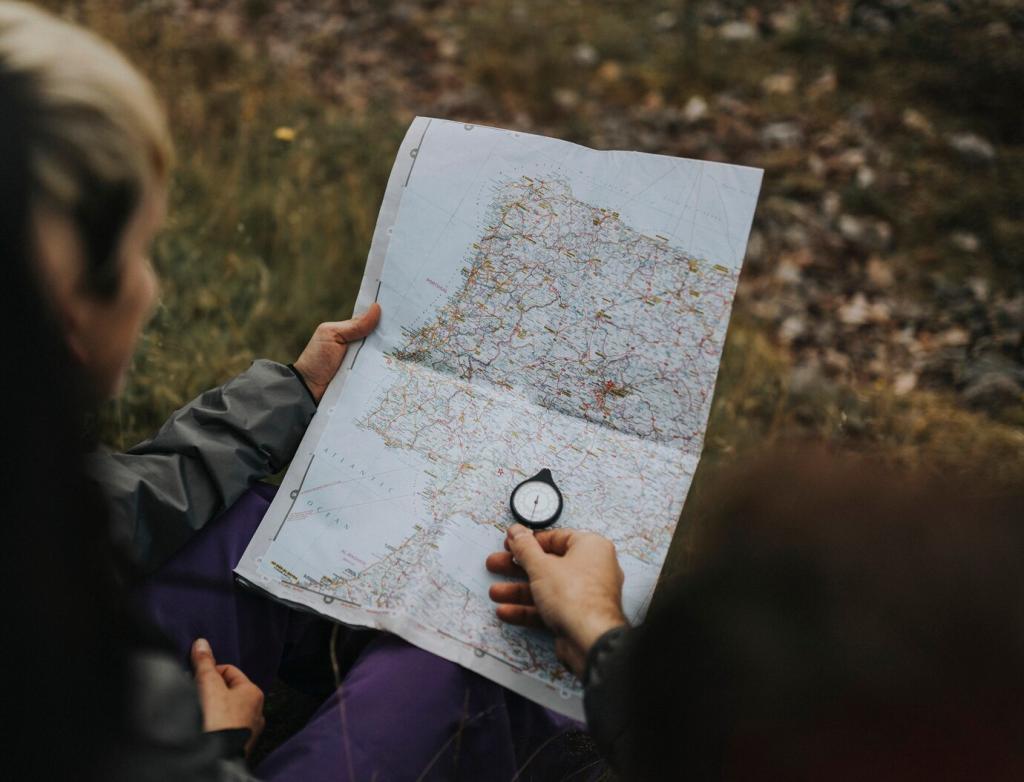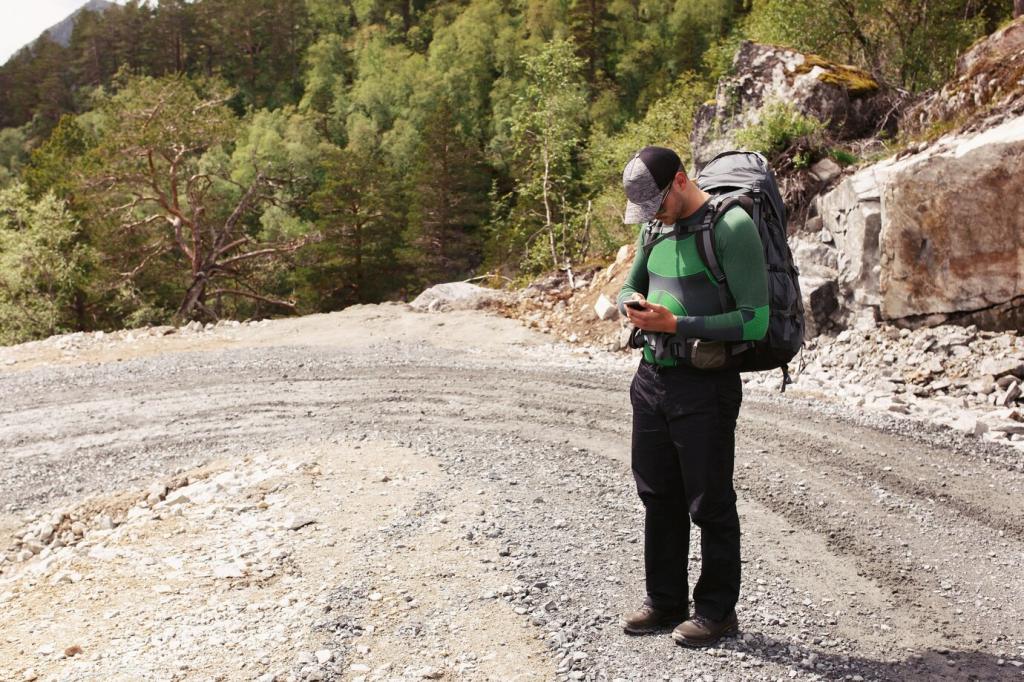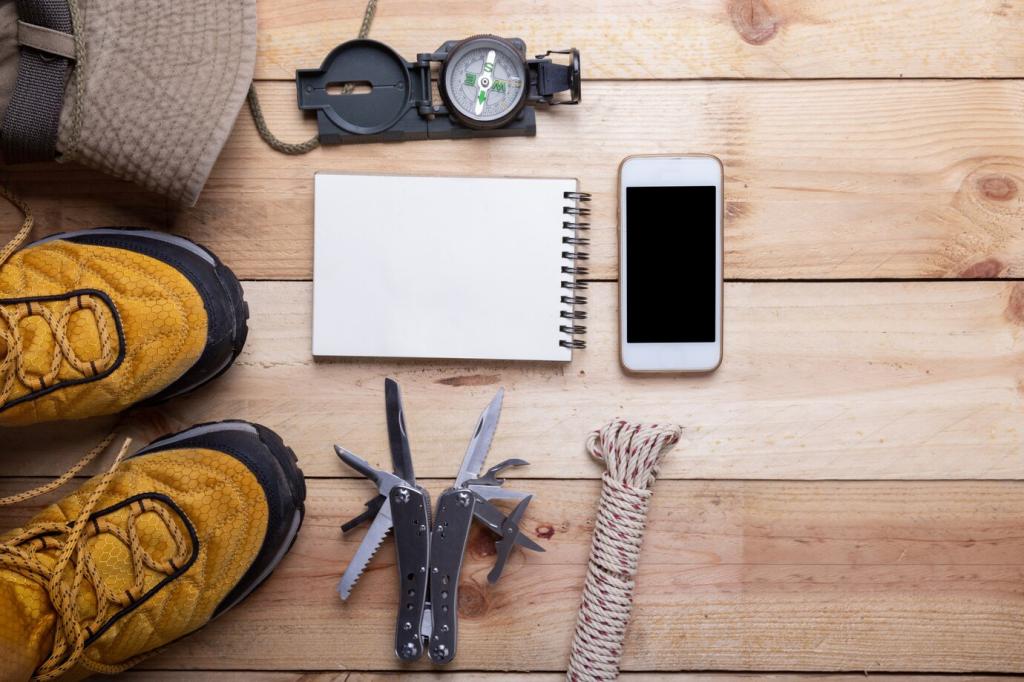Wildlife Watching on National Park Trails
Chosen theme: Wildlife Watching on National Park Trails. Step onto the path with curiosity, kindness, and a sense of wonder as we explore how to meet wild neighbors respectfully, safely, and memorably on the trails you love.
Dawn and Dusk Advantage
Wildlife is most active at first and last light, when the air is cool and shadows soften. Arrive early, move slowly, and listen closely. You will notice silhouettes, dew-shimmered tracks, and gentle rustles that daytime hikers hurry past without seeing.
Edges, Meadows, and Forest Transitions
Look for the meeting points of habitats—where forest meets meadow, or stream meets scrub. These edges funnel movement and offer cover. Pause at bends, sit quietly near transitions, and you may witness deer stepping out or a fox slipping along the boundary.
Water Sources and Quiet Pullouts
Creeks, ponds, and seeps attract life across seasons. Choose a discreet vantage point downwind and away from obvious animal paths. With patience and stillness, ripples reveal amphibians, a kingfisher’s dart, or a mule deer lowering its head for a careful drink.

Ethical Watching and Safety on the Trail
Keep Your Distance, Keep Them Wild
Use binoculars and long lenses instead of stepping closer. As a general guideline, stay at least 25 yards from most wildlife and 100 yards from bears or wolves, where applicable. If an animal changes behavior, you are too close—step back immediately and give space.
Leave No Trace for Living Neighbors
Stay on established trails, pack out every crumb, and respect seasonal closures for nesting or denning. Never feed wildlife; it harms their health and changes natural behavior. Your restraint today helps keep tomorrow’s encounters authentic, safe, and truly wild.
Bear-Smart, Bison-Safe, Always Aware
Make noise in dense brush, carry bear spray where recommended, and keep dogs leashed. Give bison and elk unmatched room, especially during calving and rut. Awareness begins before your hike: check park advisories, learn species behavior, and plan your stops with caution.
Trail-Friendly Gear for Wildlife Watching
Choose binoculars with a comfortable grip and bright image, such as 8×42 for a steady view and wide field. Practice focusing quickly before you hike. A simple chest harness keeps optics handy and reduces sway while walking along uneven ground.




A Trail-Side Story of Patience
I was ready to move on when a single jay hushed. I paused, breathed, and waited. A pine marten slipped onto the trail, light as smoke, looked back once, then vanished. That minute, gifted by patience, reshaped every hike I have taken since.

A Trail-Side Story of Patience
Sitting on a sun-warmed log, I learned that stillness invites trust. Chipmunks resumed their scatter, warblers stitched leaves with song, and a buck browsed beyond a fallen spruce. The trail reveals itself when we become part of the scenery instead of passing through.
Seasonal Strategies for Trail Encounters
Spring and Fall Migrations
Follow riparian trails that act like skyways for birds. Look up for kettles of hawks and listen for thrushes at dusk. Migration windows move fast; check local timing, then plan dawn walks to catch travelers refueling in berry thickets and sheltered bends.
Summer Shade and Midday Lulls
Beat the heat with early starts, then move to shaded creek trails. Reptiles bask on warm rocks, dragonflies patrol riffles, and swifts patrol the sky. Midday may feel quiet, but patient scanning reveals life anchored to water, shade, and cool airflow.
Winter Signs and Snow Stories
Snow-covered trails turn tracks into narratives. Note stride, toe count, and pattern to separate fox from coyote. Watch sunlit south slopes for browsing deer, and silent conifers for owls. Bring a notebook and share your best winter trail mysteries with us.


Join the Trail Community: Notes, Science, and Sharing
Jot time, weather, habitat, and behavior, then sketch a quick silhouette. Small details help patterns emerge over weeks and seasons. Post a reflection afterward—what worked, what to change—and invite fellow readers to trade tips in the comments for next outings.
Join the Trail Community: Notes, Science, and Sharing
Upload sightings to platforms like eBird or iNaturalist, respecting park guidelines. Your records support conservation decisions and enrich public datasets. Consider a personal challenge: submit one careful observation per hike this month, and encourage friends to join you.
